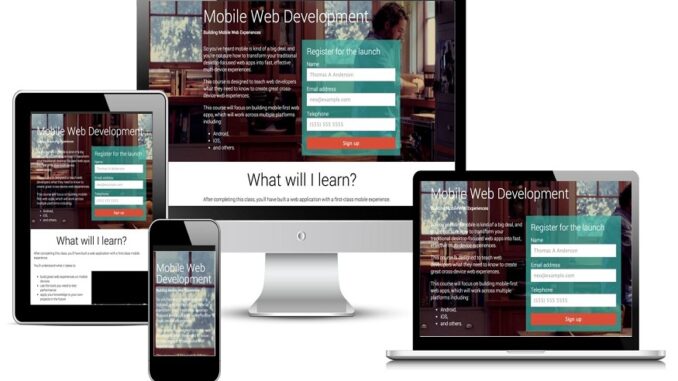
If you haven’t noticed yet, foldable and dual-screen devices are now all the rage, especially among younger mobile phone users. What’s not to love about these devices anyway? They’re big enough to make browsing more comfortable but still compact enough to fit in a small bag.
If you have a website, you need to pay close attention to this new trend. Partner with a digital marketing agency that offers web development services to help you adapt your website to support dual-screen devices. These are a few things to consider as you make the changes to your site.
How to Adapt a Website for Dual-Screen Devices
Find a way to deal with the hinge.
If you’ve seen a dual-screen or foldable device, you’ll notice that there’s a physical hinge in between screens that could affect how your content appears on the device. This means that you need to make adjustments to adapt to this hinge and still offer the best browsing experience to your users. There are two solutions to this: tweaking your existing layout or maximizing this new layout.
For instance, if you click a photo from a gallery, you’ll see that the expanded version will have some occlusions between the screen because of the hinge. Your best solution here is to make sure that every image only shows on one side of the screen by either putting the description on the other side of the screen or adjusting your layout altogether so that one screen shows the gallery while the other shows the expanded image.
Think of the different ways a dual-screen device is used.
There’s so much versatility in a dual-screen device. In fact, dual-screen and foldable devices can be positioned in several ways, also known as “postures.” It can be folded and used as a typical mobile device or tablet, opened fully to look like a book, laid flat to mimic a computer screen, or folded on one end to be treated like a laptop.
When you think about these orientations, it’s easier to know how to make your website more intuitive so that it can still look good no matter how a user wants to use their device for browsing.
Look into new tools designed to adapt websites to dual-screen devices.
With the growing number of people investing in dual-screen and foldable devices, developers and tech companies have also started releasing different tools and features that will help business owners navigate their way through adapting their websites for dual-screen devices.
For instance, there’s the new JavaScript window segment enumeration API, which is combined with the old CSS that’s used on WebGL and Canva2d. You should also analyze your current layout and determine how you can improve it so that it’s not only accessible on dual-screen devices but also provide the same experience, if not better, for users.
We are definitely looking at an era dominated by dual-screen devices. As a business, it’s beneficial to work with a digital marketing agency that can support your needs so that you can always stay on top of your game.

Leave a Reply